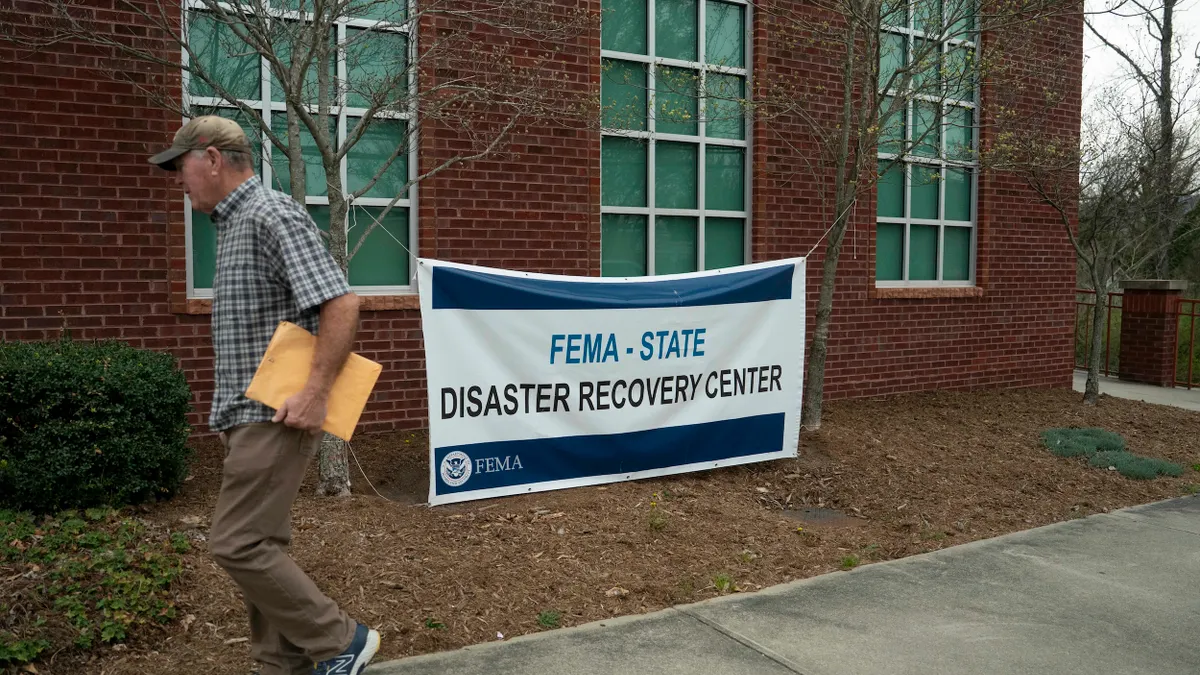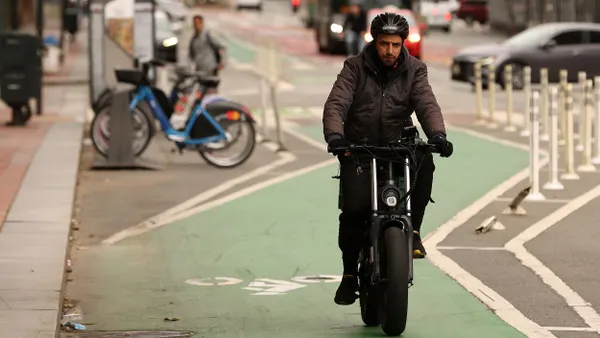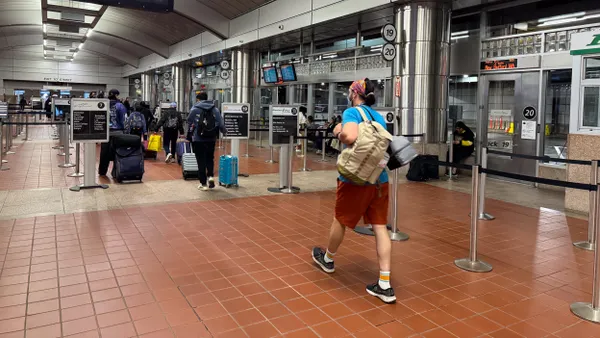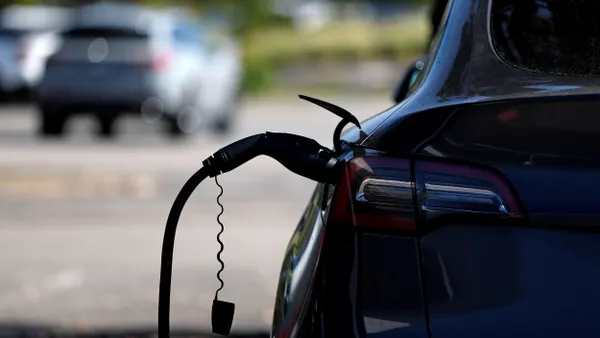Dive Brief:
- The North Carolina Department of Transportation deployed 2,500 AI-based traffic signals at intersections across the state, according to a July 7 news release from Flow Labs, a transportation technology company.
- Flow Labs’ software uses machine learning and data from connected vehicles to provide continuous monitoring of intersection conditions.
- While the signals are not being used for real-time traffic management, the software enables traffic engineers to bypass field studies, hardware installations or infrastructure changes while improving signal operations based on real-world traffic patterns, according to Flow Labs.
Dive Insight:
Cities and states are turning to advanced technologies to improve traffic flow, increase safety for pedestrians and bicyclists and reduce collisions. Some examples include automated traffic enforcement for speeding or running red lights or traffic signals that give pedestrians a head start to cross the road.
In late 2023, the Federal Highway Administration updated federal regulations governing traffic signs, signals and other roadway markings that included improvements for vulnerable road users.
North Carolina’s effort is the largest live statewide deployment of AI-based traffic signal software in the U.S., according to Flow Labs. “North Carolina didn’t just invest in a new tool — they embraced a new model for traffic operations,” Jatish Patel, CEO of Flow Labs, said in a statement.
Flow Labs has also worked with the Florida Department of Transportation on a project that combines data from the agency’s existing traffic-detection systems with connected vehicle data from TomTom, a location technology company. Merging these data sets in Flow Labs’ modeling system enables data-driven signal optimization, congestion mitigation and safety enhancements, the company says.
Florida has also worked with NoTraffic, a Tel Aviv-based developer, on an AI-driven traffic- management system. It combines smart sensors with artificial intelligence software, giving traffic authorities the ability to control and prioritize traffic flow for all transportation modes, including vehicles, pedestrians and bicycles, according to the company.
A 2024 Transportation Research Board report recommended the U.S. Department of Transportation establish a data-driven national road safety research agenda, developed by an independent committee, to set road safety research priorities.
This month, the department asked states and metropolitan planning organizations to provide a list of locations along arterial roads with the greatest safety or other concerns that they will address by the end of fiscal year 2026. Connected vehicle data could help officials comply with that request, said Ahmed Darrat, chief product officer at INRIX, which collects, analyzes and provides traffic data.











